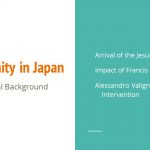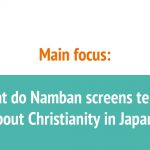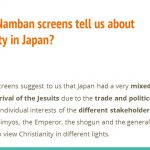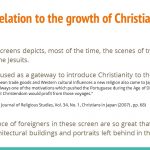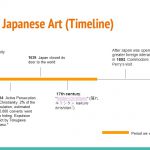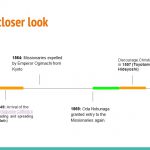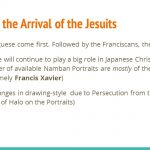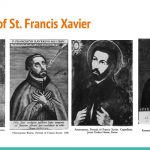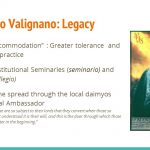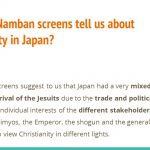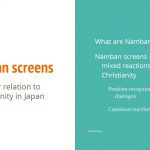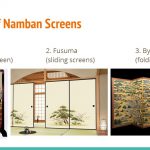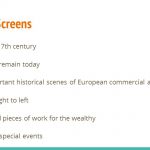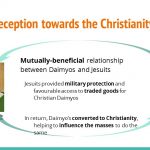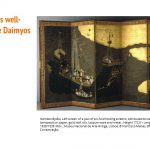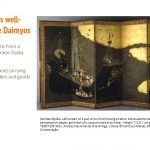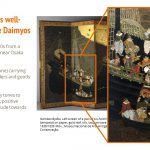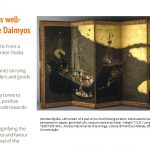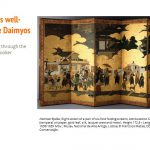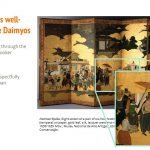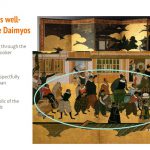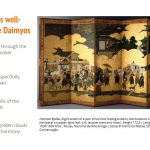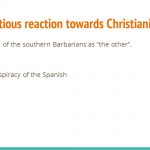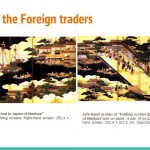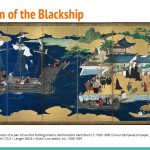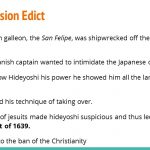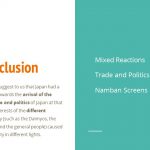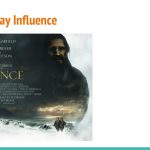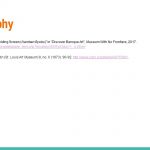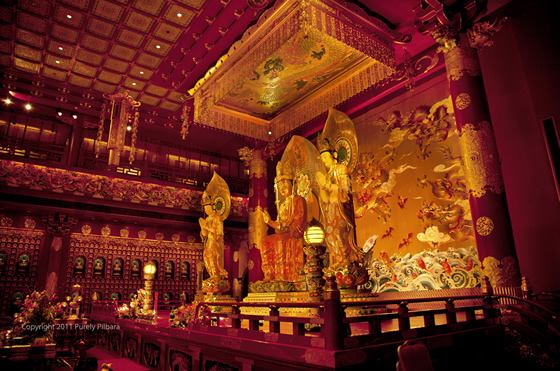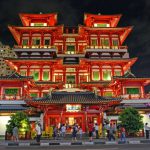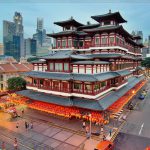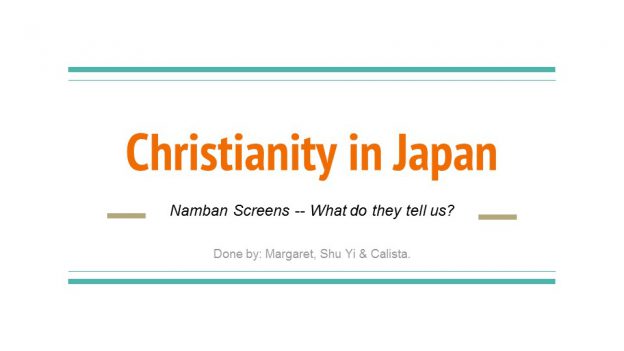
Category Archives: Introduction to the Histories of Art 2 – G1


Guo Xi Article Discussion
(Above: Old Trees, Guo Xi, Source: China Online Museum)
Thoughts: The widely Artistic statement; or what was thought to be Guo Xi’s vision put into words, left behind during the flourishing era of the Northern Song Dynasty comprises of concepts that greatly dealt with the relation of nature and its harmony with mankind. It likened mankind’s behaviour to akin of the naturalistic mountains; the Chinese idiom of ‘There’s always a mountain higher than the other’, to how nobility ranking affected the imperial court.
Yet so, the artists then strive for a form of almost Utopia-like concept towards their depiction; if you were to observe more closely behind the intentions and symbols behind their understanding towards the landscapes. There were little to no chaos dated in the artworks themselves, and even when to which there are cases of Princes of other greater provinces paying respects to a Lord of higher rank, there was no form of humiliation; even when kowtowing to a man might be against the ‘face’ and pride of the high-ranking prince. It seems as though people were in harmony as much as nature is; where there’s a natural order of things (the mountains will always be bigger than the sizes of trees, and trees will always be larger than the average man); the respect and understanding of how mountains varied in appearance from the four seasons also further proved the need to depict the nature as it is, where by capturing the epitome of its heightened accuracy yet only opting to pick the most aesthetic elements from nature allowed them to remain true to their concept of wanting to remain as authentic as possible by making the picture have a stronger, slightly more minimalist approach rather than being too messy in the eye for the person to be able to effectively ‘go into the mood’ of the atmosphere.
It is also interesting to note that modern day knowledge of how nearer objects are characteristically recognised to be darker in colour due to the proximity of the eye, as compared to the higher shades of objects further away; were already used to depict the distance of the mountain in Guo Xi’s painting during the Northern Song period, showing great care on their part to ensure the level of accuracy in their works. Furthermore, mountains that are further away were also less detailed and more blurred in their depiction; similar to how it is viewed to the naked eye. Still, the understanding how larger mountains also served as the purpose to showing a more looming sense of presence, a larger figure and in a sense, creating a sense of intimidating and respect is also seen in the workings. The combination of such a technique alongside with the perspective continuing on behind seamlessly, prevalent to landscape works during the Northern Song period, eventually supports its way to the heavenly-like, elegant landscape akin to the deity realm. The floating, other-worldly notion is then, able to wind its way through to the viewer’s eyes.
The ethereal-like depiction, yet shows a remarkable understanding behind the purpose and concept of how lighting and shades work hand-in-hand together when it comes to the depiction of distances in relation to the mountains. With these tools, they strive to create and capture the intended mood of the moment, be it tranquillity or peace of any sorts. As quoted, painting should be done in a manner ‘ambitious yet not superfluous’. Attention is also paid to the smaller details, for smaller details can also sum up the bigger picture; in the case of how the mountain that is lacking in the presence of haze around them is akin to the the spring season without the coming and blooming of flowers amongst them. The respect and reverence towards the more highly regarded form of art, Chinese Poetry and Literature, has also left its mark over at the importance and weigh placed behind the brushstrokes used to depict the trees then. By notion of Chinese intellects then, the strength of the brush also lends weigh to the feelings of the artist then. A strong, wider brushstroke for stronger intentions, which was recognised widely by the Chinese to depict their emotions.
Proposal for Art History Essay (Week 10)
Feedback from last week (Important points to note):
1. Need a stronger, clearer claim: are you comparing the intentions behind the building of the tomb figures by the two rulers? If so, how are you planning to do this?
2. To improve on introduction by adding in contextual information and other main points to the supporting of the evidences, especially textual evidences.
3. To work the ideas to support the essay into the thesis and make it stronger. Look more into the terracotta warriors segment. AND not to abbreviate the Japanese.
TASK Peer review (Week 10): Introduction and two paragraphs with a point for peer review at tutorials.
Proposal #2 – Tentative Title: The
Tentative Claim:
The probable, similar intentions behind the creation of the clay Terracotta figures found in the First Emperor’s tomb and the Haniwa figures found in a Japanese Emperor’s tomb. (Namely Emperor Nintoku and Ojin during the Kofun period)
Edition #1:
The intentions behind the building and creation of the Terracotta figures in the First Emperor’s tomb and the Haniwa Figures found in Japanese Emperor Nintoku’s tomb are similar towards their purpose of serving the Emperor in their afterlife. It is a point of contention as seen from the crossing similarities and minute differences in their characteristics and histories, namely: the History behind the Holy, Deity-like Statuses the Emperors enjoy, their size and appearances, as well as the material intricacies the figurines themselves were made in. I believe that the life-size Terracotta warriors found in the burial mount in Lintong, Shanxi Province in China were every bit as valuable and important to the smaller, plains for the Haniwa figurines based in the suggested burial location over at Osaka Plains at the Daisen Kofun for Emperor Nintoku. It is essential to bear in mind that both Emperors were thought to be descendants of the heavens; to which the influence vastly affects the whole purpose behind the creation of the Haniwa figurines and Terracotta warriors respectively.
1. Holy statuses of the Emperors
2. Size and Appearances
3. Materials
> 3 supporting arguments (Condensed.)
1. Quantity and Placement of figurines
Japanese: More decorative and ornamental like trophies, rewarding of the general worthy of serving by emperor’s side previously. At entrances, like guards? Huge quantity of 11k in numbers at Nintoku’s grave; three mounts too. Reflects status.
Chinese: Servants, similar to ancient Egypt. Numerous, refer to history that they are used to replace live human sacrifices due to the lack of manpower. Even to the point there is almost a battalion like sequence to them. Coloured and intricate; best for the emperor? Lifelike since they represent real funerary goods.
2. Size and appearance
Japanese: Slightly smaller than life-styles, but realistic in its depiction of the samurai armour.
Chinese: Life-sized with varying expressions; have proven to be coloured but paint faded over time and erosion.
3. Materials
Japanese: Clay
Chinese: Terracotta
Proposal for Art History Essay (Wk 9)
Proposal for Art History Essay
Tentative Claim:
The probable, similar intentions behind the creation of the clay Terracotta figures found in the First Emperor’s tomb and the Haniwa figures found in a Japanese Emperor’s tomb. (Namely Emperor Nintoku and Ojin during the Kofun period)
Introduction: (Point-form)
Similar materials and similar creation techniques; the purpose behind these two mysterious figurines have always been debated back and forth. The terracotta warriors from the First Emperor’s tomb have always been largely accepted to be the replacement of live human sacrifices; whilst the origins and purpose of the Haniwa figures from Japanese Emperors have always been a mystery. Hypothetically, I propose that the similarities between the two figures from varying culture share an intimate relationship behind the intentions that the figures carries forth.
Plan for essay:
– Introduction (Claim)
> 3 supporting arguments (Condensed.)
1. Quantity and Placement of figurines
Jap: More decorative and ornamental like trophies, rewarding of the general worthy of serving by emperor’s side previously. At entrances, like guards? Huge quantity of 11k in numbers at Nintoku’s grave; three mounts too. Reflects status.
Chinese: Servants, similar to ancient Egypt. Numerous, refer to history that they are used to replace live human sacrifices due to the lack of manpower. Even to the point there is almost a battalion like sequence to them. Coloured and intricate; best for the emperor? Lifelike since they represent real funerary goods.
2. Size and appearance
Jap: Slightly smaller than life-styles, but realistic in its depiction of the samurai armour.
Chinese: Life-sized with varying expressions; have proven to be coloured but paint faded over time and erosion.
3. Materials
Jap: Clay
Chinese: Terracotta
Essay drafts:
Tentative bibliography:
1. Li Li. China’s Cultural Relics. Translated by Li Zhurun. People’s Republic of China: WuZhou Communication Press, 2004.
- Johnson, Hiroko. Haniwa. Encyclopedia of the Ancient World. United States of America: Salem Press Encyclopedia, 2001. Accessed March 13, 2017. http://eds.a.ebscohost.com.ezlibproxy1.ntu.edu.sg/eds/detail/detail?sid=4c3459f2-0168-43ed-ae4e-f39890201e31%40sessionmgr104&vid=4&hid=4110&bdata=JnNpdGU9ZWRzLWxpdmUmc2NvcGU9c2l0ZQ%3d%3d#db=ers&AN=89405842.
- Zhang Wenli. The Qin Terracotta Army: Treasures of Lintong. Translated by Li Tianshu, Du Qimei, Zhang Siying, and Chen Haiyan. Edited by Susan Whitfield. London: Scala Books, Cultural Relics Publishing House, 1996.
- Alain Thote, Martin Powers, David W. Pankenier, Eugene Wang, Anthony Barrieri-Low, Edward L. Shaughnessy, Kuang Yu Chen, Jenny F.So, Wang Hui, and Liu Yang. Beyond the First Emperor’s Mausoleum: New Perspectives on Qin Art. Edited by Liu Yang. USA: Books and Projects LLC, 2014.
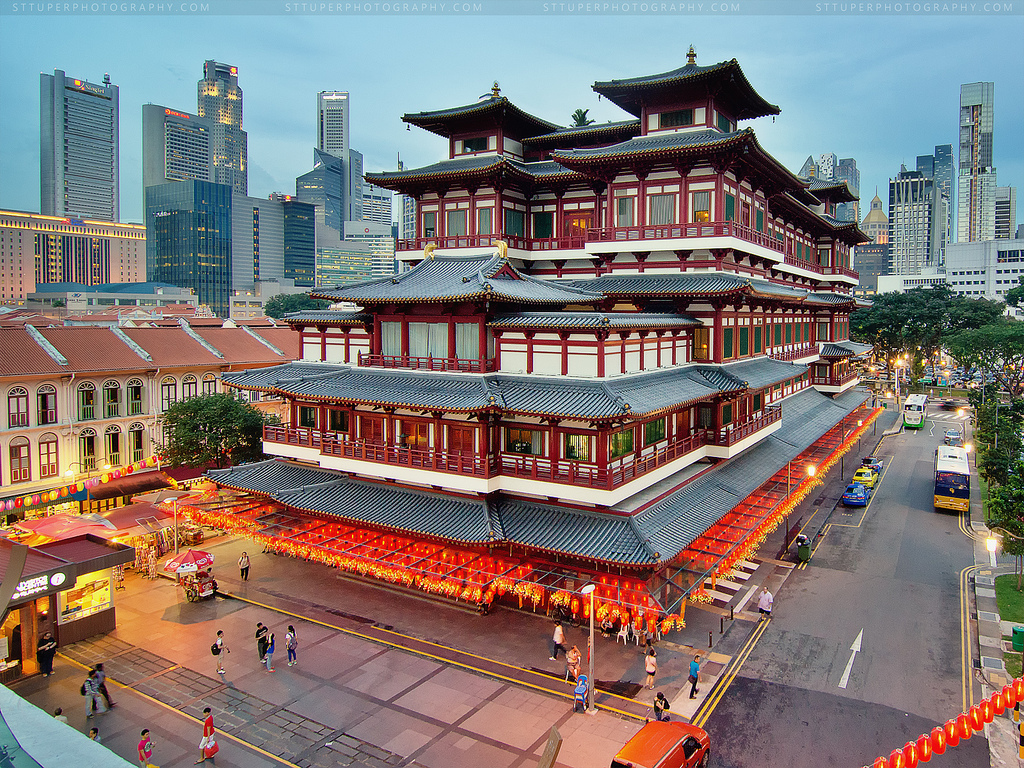
Favourite Buddhist Temple in Singapore –
- Night Scene at Buddha Tooth Relic Temple
- Evening Scene at Buddha Tooth Temple
Set in Chinatown, the vibrancy of the Temple is further enhanced by the numerous, mini Gold Buddha statues that were melted from donated gold by the faith’s believers.


